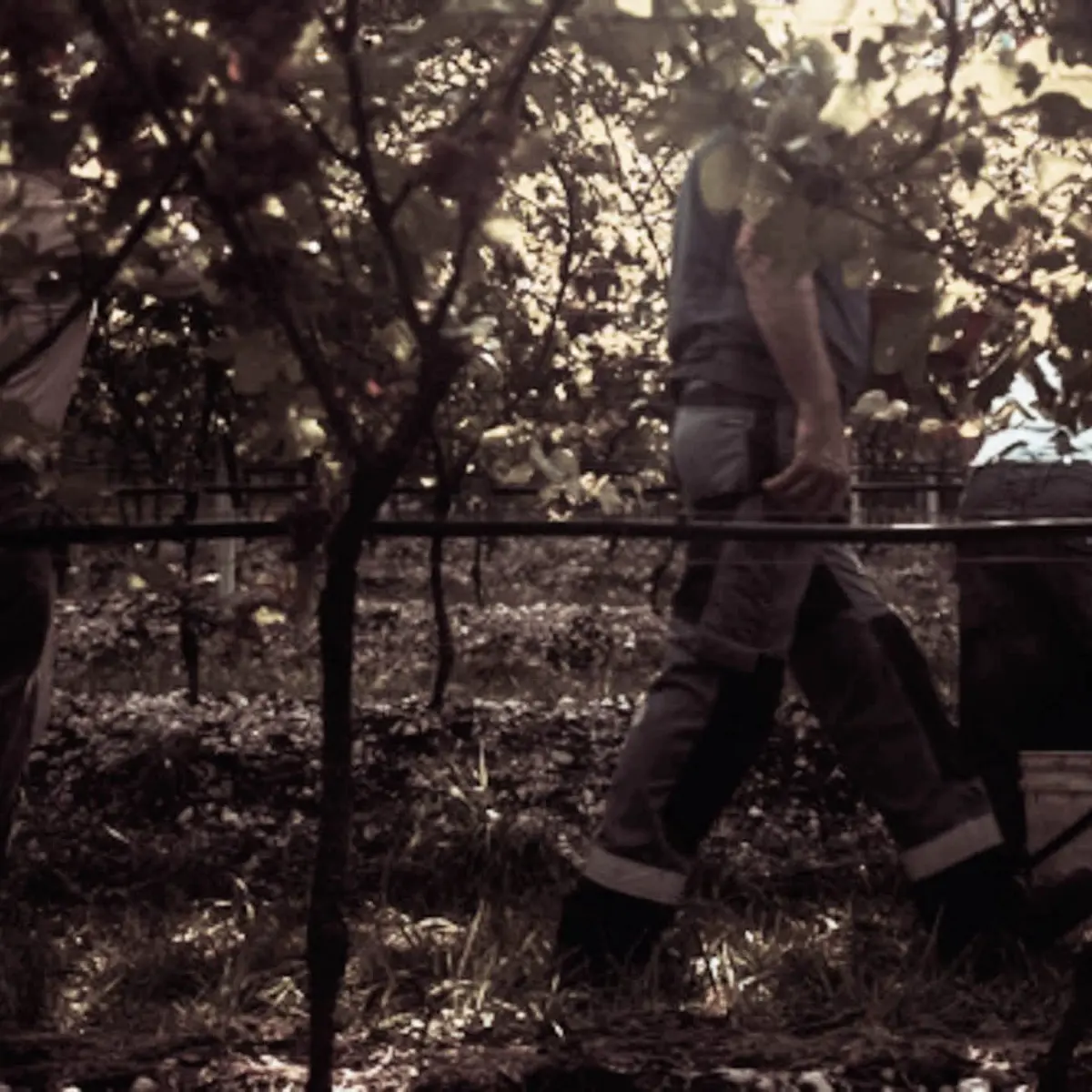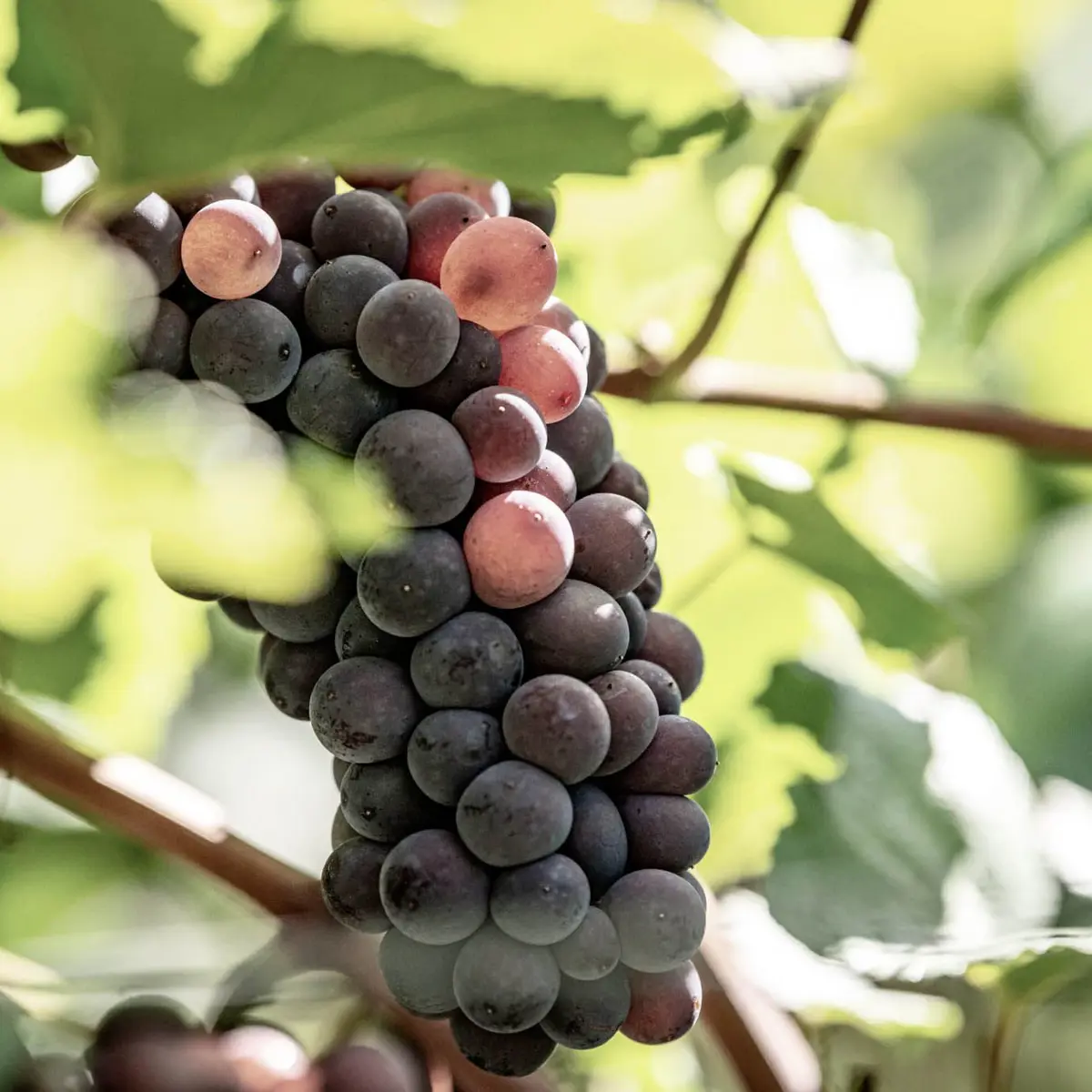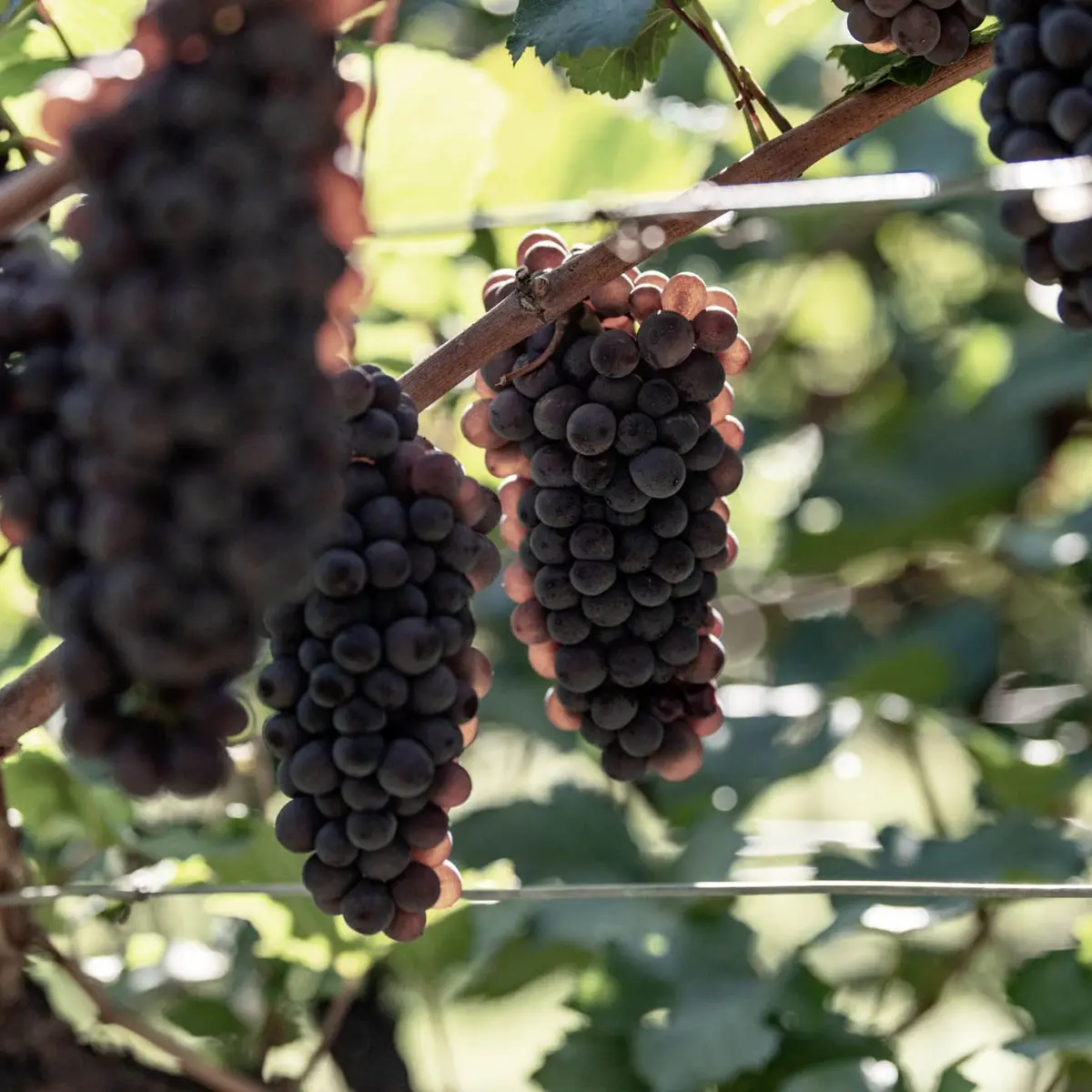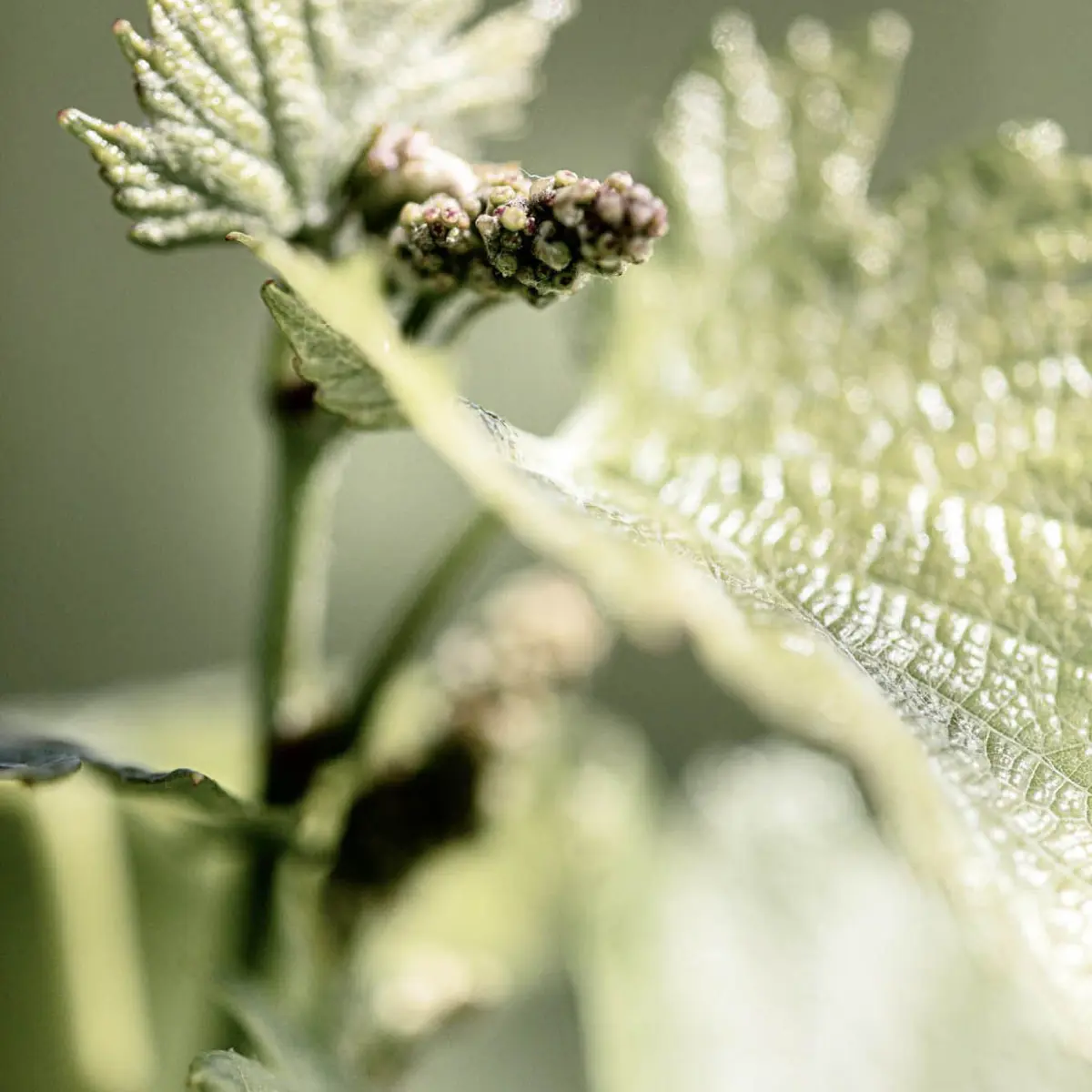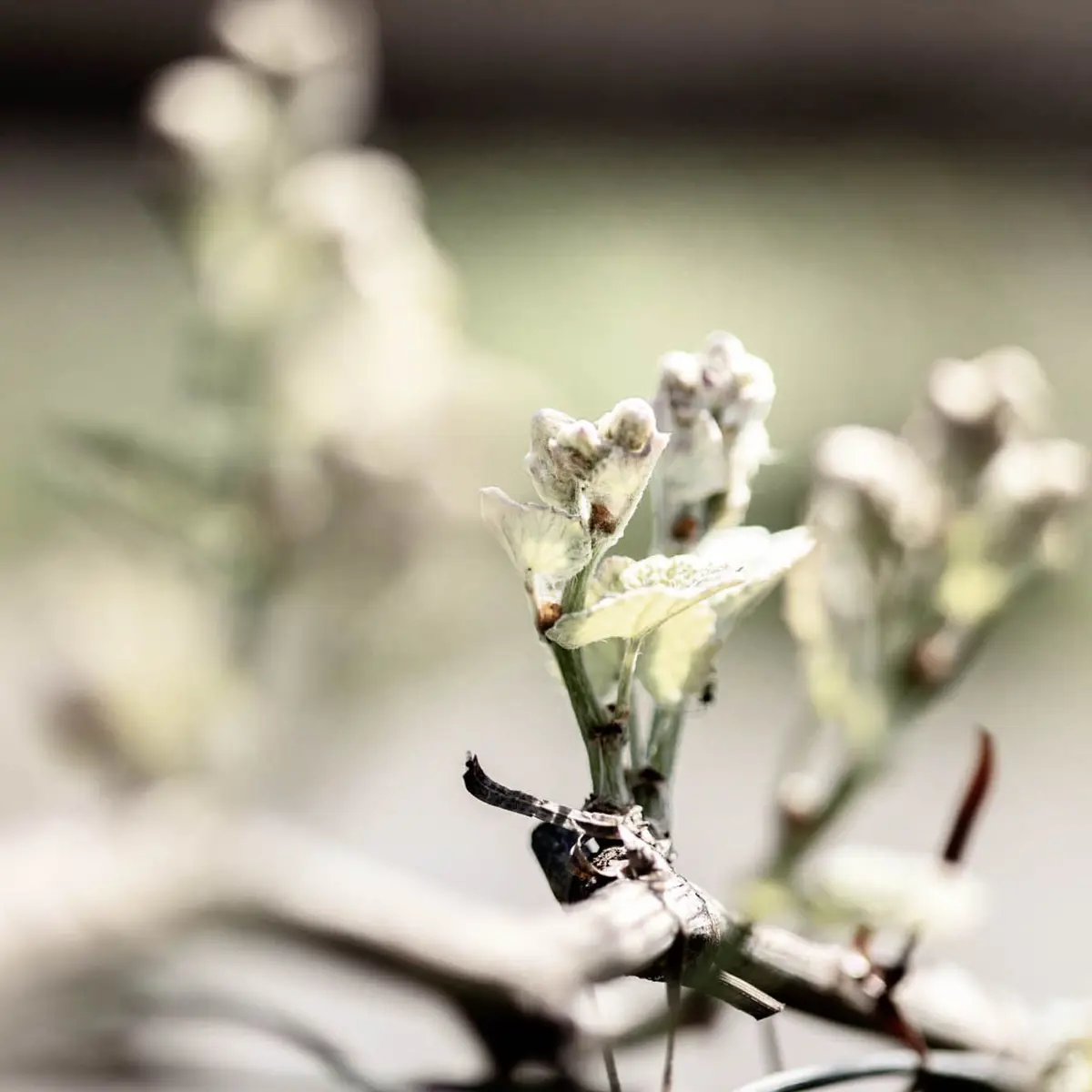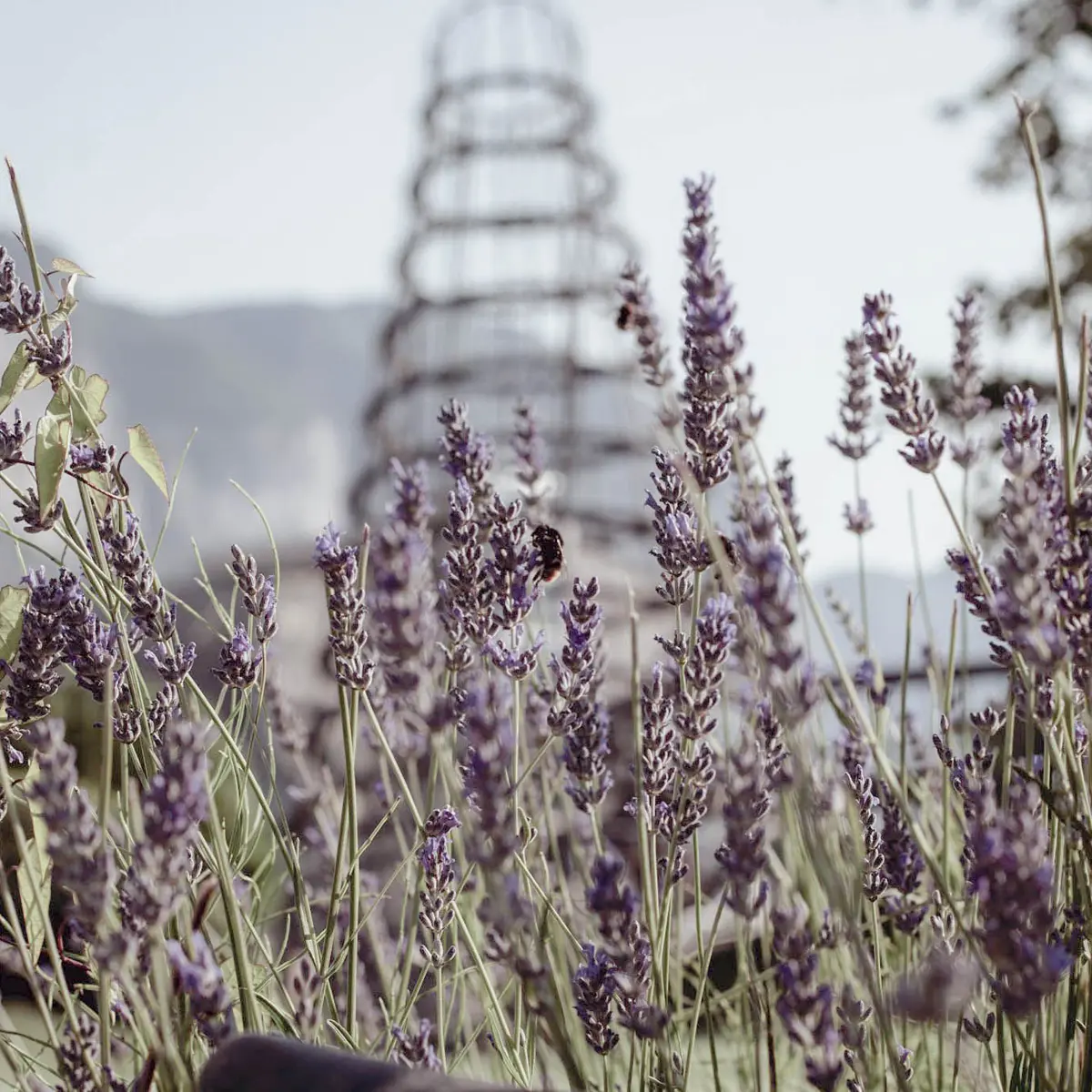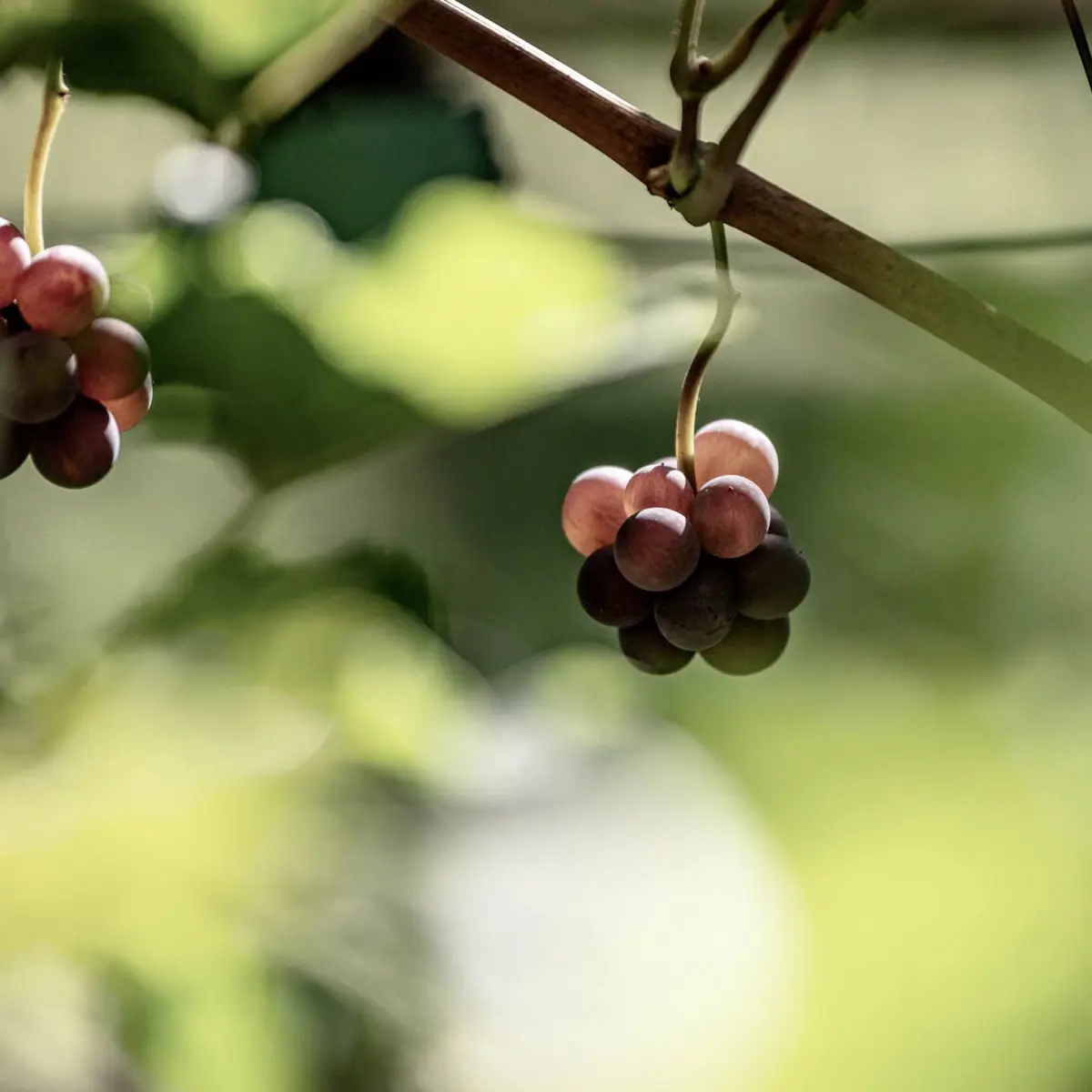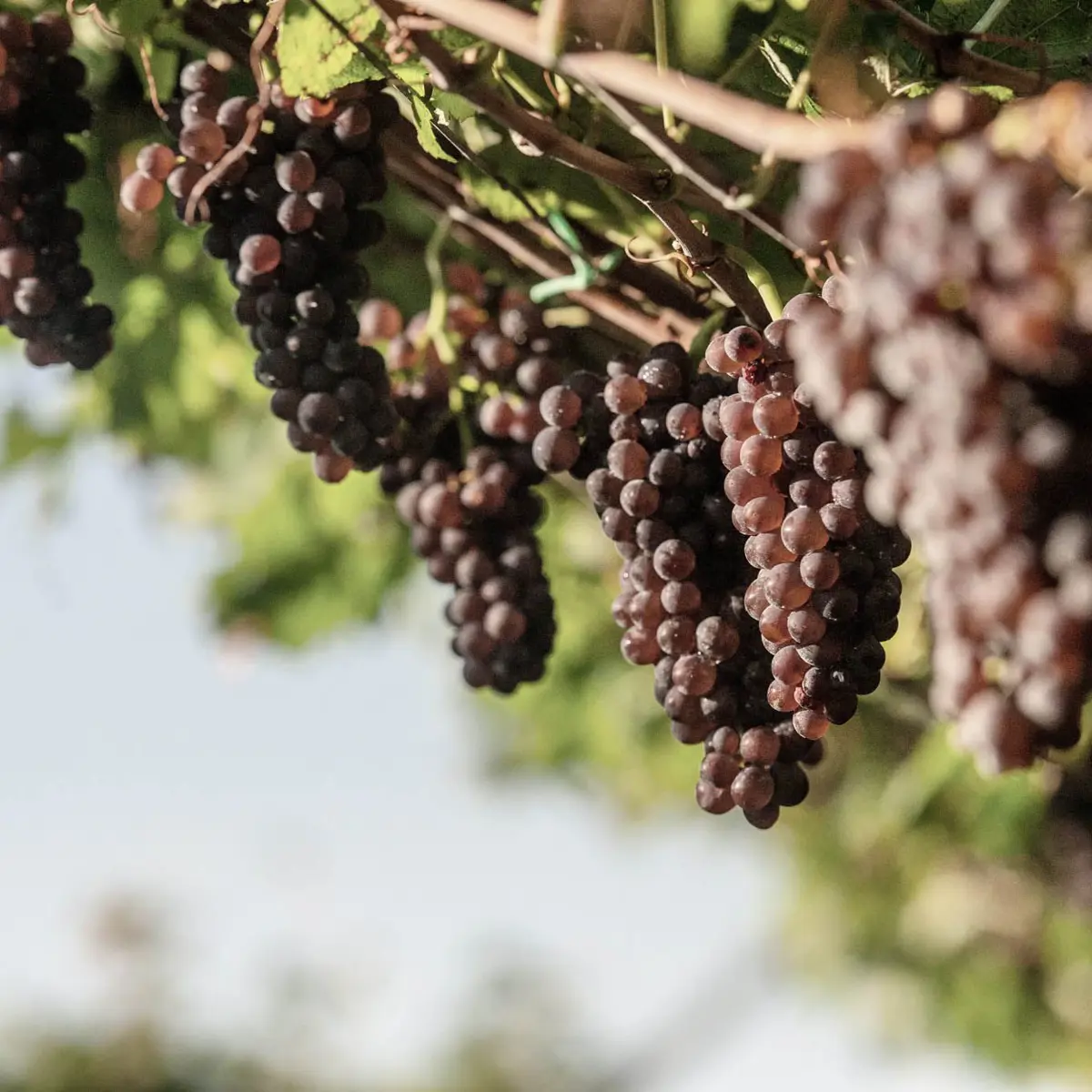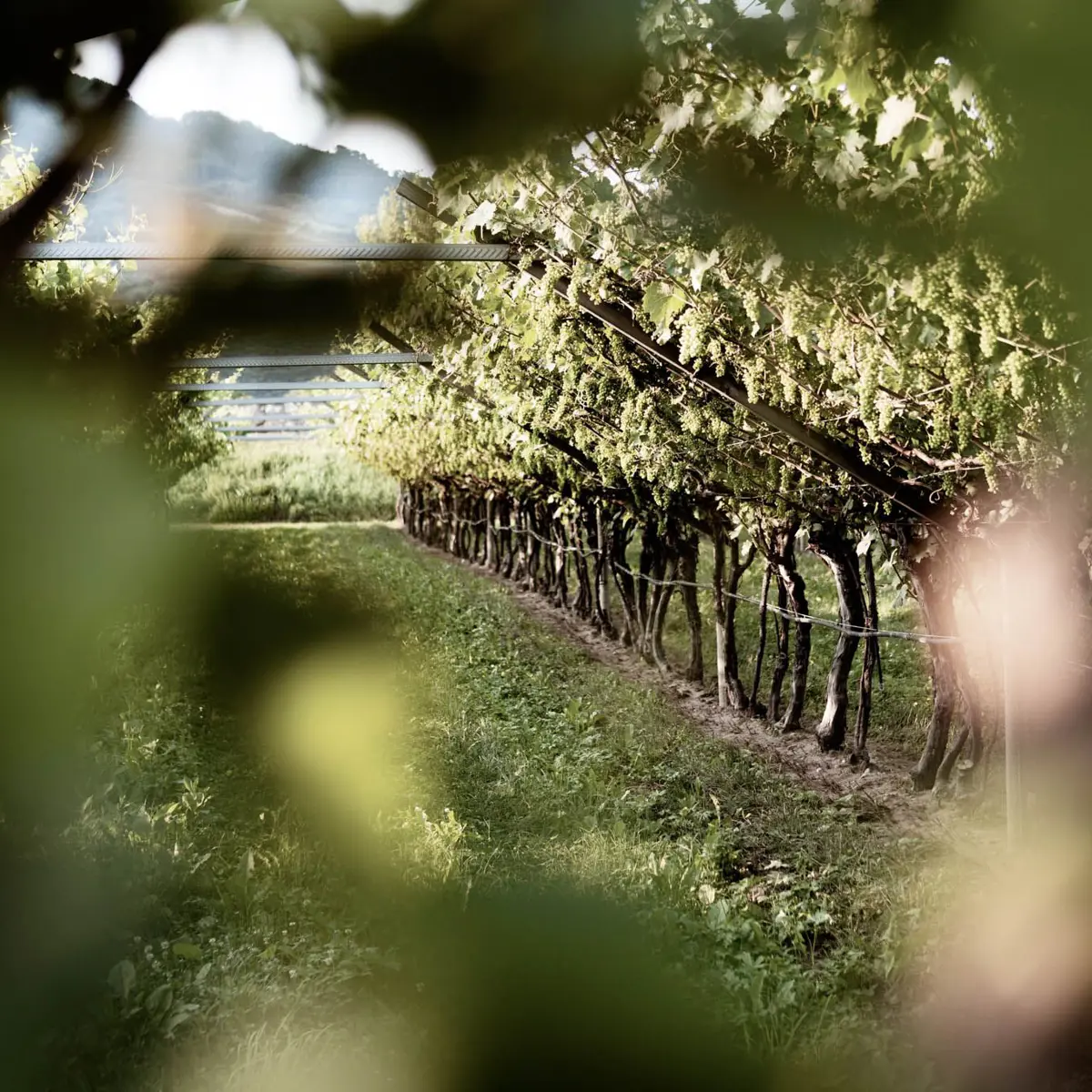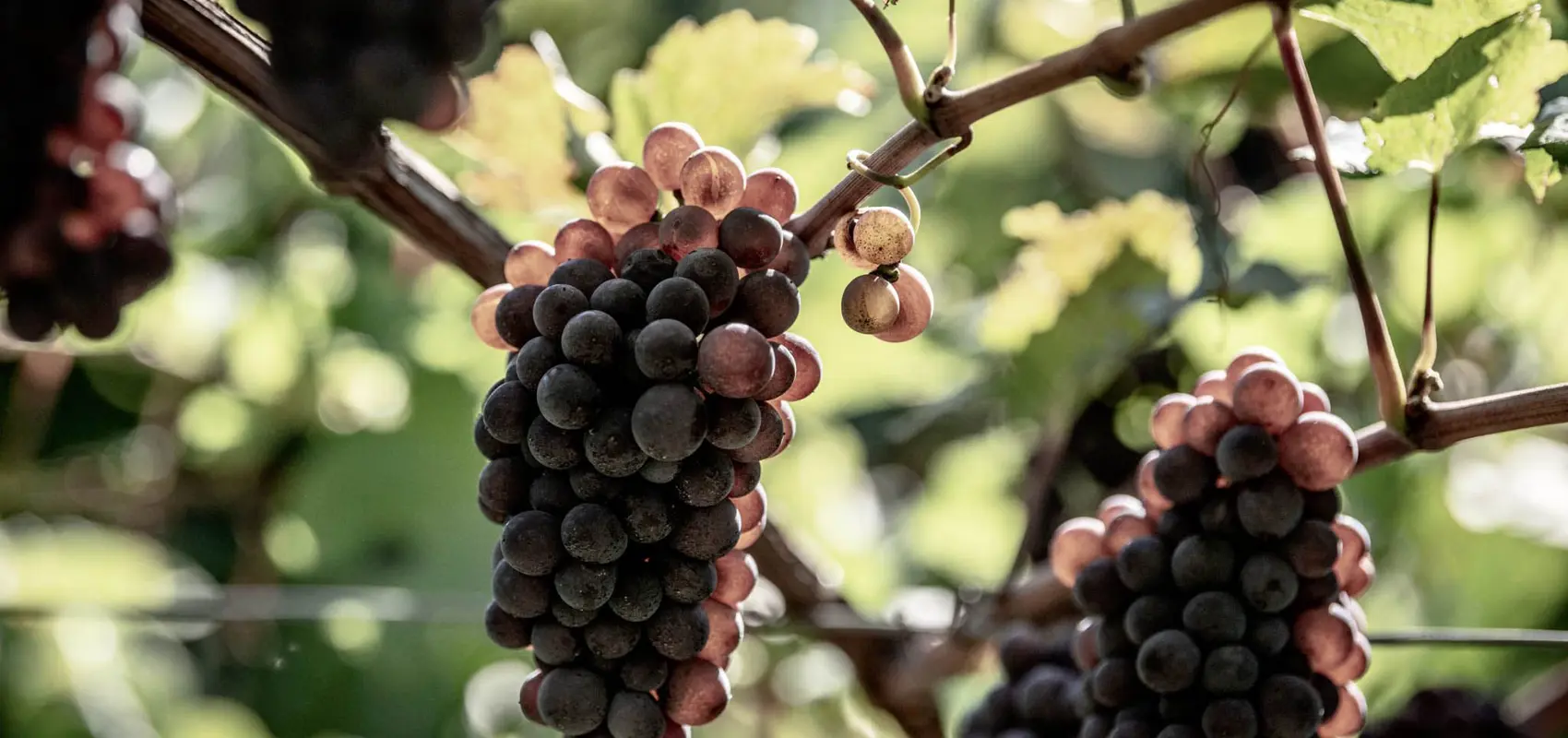
Agricoltura sostenibile
Una sostenibilità concreta e storica
Un agire sostenibile che ha cuore l’ambiente e i lavoratori ed è parte integrante della nostra storia.


La cantina e la Cittadella del Vino

La nostra sede, La Cittadella del Vino, è costruita secondo precisi criteri ambientali.
Il risparmio e l’efficientamento energetico è ottenuto attraverso il vasto utilizzo di illuminazione naturale e a LED e l’interramento del 75% della cantina, per raggiungere naturalmente adeguati livelli di umidità e corrette temperature; inoltre, si produce energia rinnovabile grazie a 278 pannelli solari e a un impianto fotovoltaico da 386 kWp.
Nei locali di imbottigliamento, la luce naturale e l’aria condizionata favoriscono il benessere degli operatori e aiutano il controllo della proliferazione microbica e il contenimento degli insetti.
Durante l’intero processo produttivo, i rifiuti sono ridotti e riciclati, grazie al 100% di raccolta differenziata e al riprocessamento degli scarti di produzione (avvinamenti, bottiglie difettose, ecc.).
